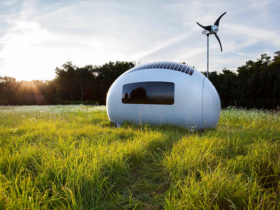In large -scale construction, a linear system is used to collect and divert from a section of melt and rainwater, which is obliged to protect communications from mechanical destruction and the appearance of corrosion. The most durable and durable mechanisms for arrangement are reinforced concrete trays. These products are used in the territories of road and bridge structures, railways, construction sites, along heating mains and lively streets.
What are they so interesting?
Advantages of reinforced concrete trays:
high resistance to aggressive environment;
homogeneous structure and absence of voids;
a large level of resistance to mechanical effects;
satisfactory characteristics of strength;
moisture resistance.
Marking of trays involves state standards. They are easily installed and are economical, due to the low price.
Types of products:
Telescopic trapezoidal trays are used in the construction of bridges and the construction of roads. When installing, overlapping and withstand strong water stoves.
Square and rectangular products are used in the heating mains in the form of channels, as the basis for the pipeline. Put in a row, while the gaps are poured with a concrete mixture. Require external waterproofing.
Paraboxy trays are produced for sewage and drainage complete with metal gratings, which ensures garbage filtering and safety. Mounted in a concrete pillow.
Reinforced concrete drainage trays have a wide area of application: from garden and park areas to airfields, depending on the properties and produced forms.






